| WHAT IS HYDRATION? |
| Hydration is the chemical reaction that occurs when cement, admixtures, cement replacement materials, and water are brought together. Heat is generated as this chemical reaction (hydration) takes place; consequently, hydration activity can be monitored by measuring the time-temperature data of the concrete. All the reactive ingredients in concrete (cement, cement substitutes, admixtures, etc.) can impact the rate of hydration. Strength development in concrete is directly related to the rate of hydration. |
| WHAT IS A HYDRATION CHAMBER? |
| A SURE CURE Hydration Chamber is a tool that works in conjunction with a curing controller to provide the natural hydration curve (time versus temperature) for a particular batch of concrete. A sample of concrete (approximately equivalent to a 6 x 12-inch cylinder) is placed in the hydration chamber, which is then connected to a curing controller. The controller monitors the temperature of the concrete sample and controls the chamber so that the concrete neither gains nor loses heat to the surrounding environment. The recorded time-temperature curve of the concrete is the natural hydration curve. This hydration curve clearly indicates the onset of hydration and the rate at which it progresses throughout the curing period. (The time at which the first significant hydration takes place will closely approximate the initial set of the concrete.) |
| WHY A HYDRATION CHAMBER? |
Products Engineering developed the SURE CURE Hydration Chamber in response to a situation we encountered working with a precast client. We installed a new curing control system to monitor and control the precast plant's accelerated curing systems and cylinder molds. The equipment checked out and operated properly prior to installation. A few weeks later, the client notified us that the temperature of the concrete was exceeding the maximum programmed value. The system appeared to operate properly during the pre-set period, throughout the heat-up time and into the 160-degree hold period. A few hours into the hold period, however, the concrete began climbing above the programmed value. The client believed the overheating occurred because the computer was allowing the heating circuits to turn on, but after double checking the software and having the customer run several diagnostic tests, we concluded the system was operating properly. Nevertheless, the next day's castings revealed the same problem. The following day we flew to the plant to examine the system first-hand and observe the equipment operating. We again found nothing wrong with the control system. We assured the precaster the heat causing the temperature over-shoot was not coming from the computer controlled curing system. It was, in fact, coming from hydration. The precaster agreed, changed his mix design, and the problem never reoccurred. This experience pointed out the need for a tool that reveals the natural hydration curve of a concrete mix. Using information gathered from a SURE CURE Hydration Chamber is an invaluable tool when programming a bed. Better strengths will be obtained when this information is used correctly. |
| WHO NEEDS HYDRATION CHAMBERS? |
Anyone in the concrete industry will benefit from a hydration chamber. The Hydration Chamber helps show how the components in the concrete react during the entire hydration process. If concrete is the basic product of your business, it only makes sense you know as much about your product as possible. The SURE CURE Hydration Chamber generates the information necessary to know how your concrete mix behaves. |
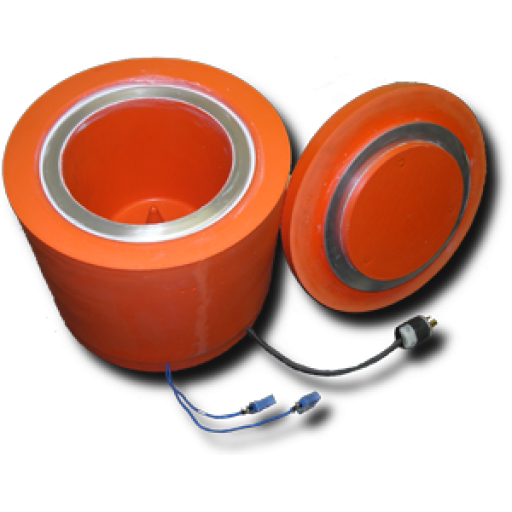

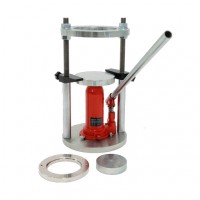
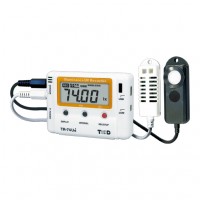
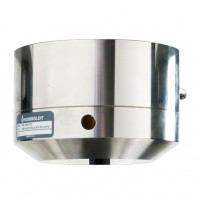

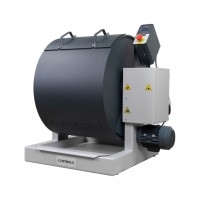
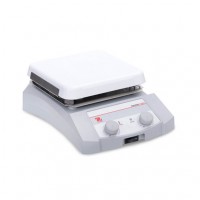
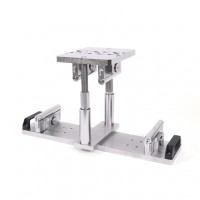

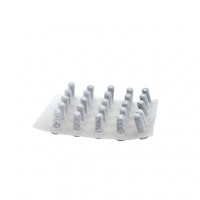
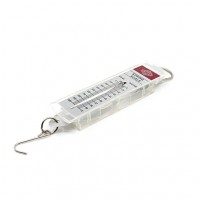
Do you have a question?
min 10 ch